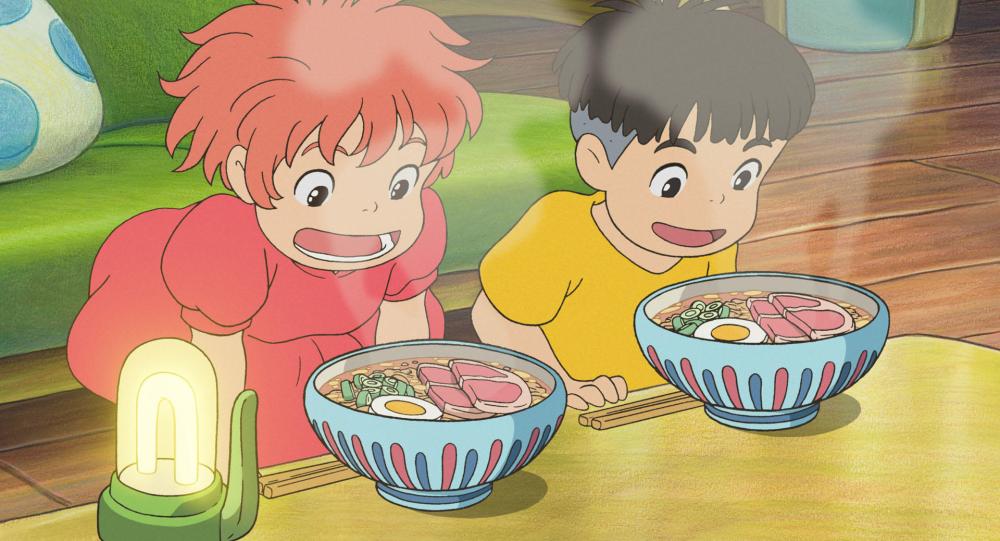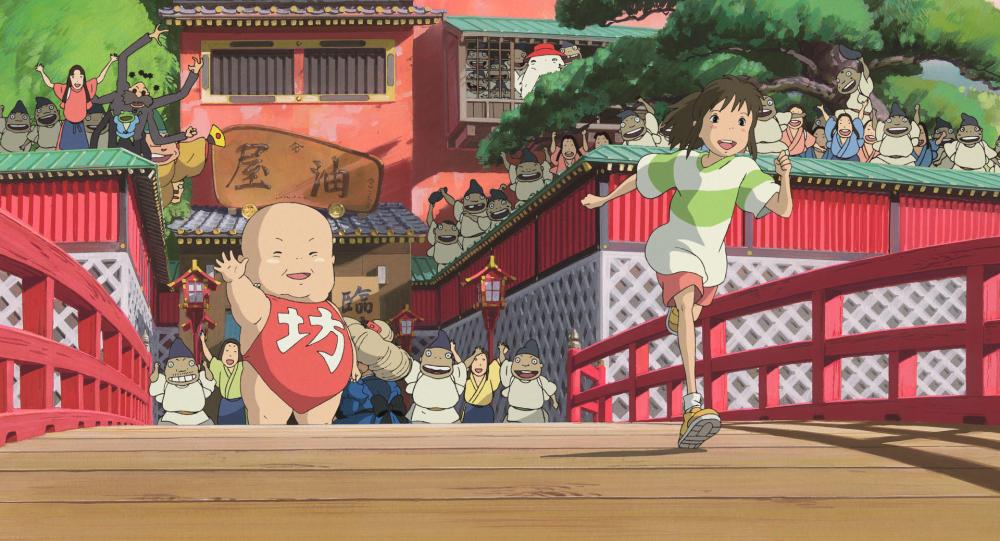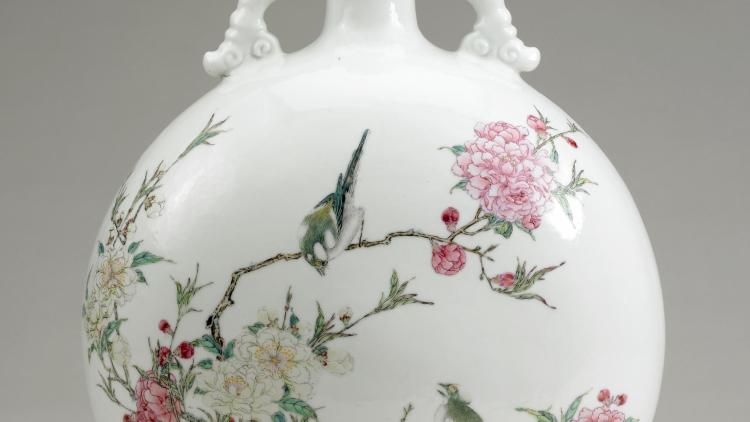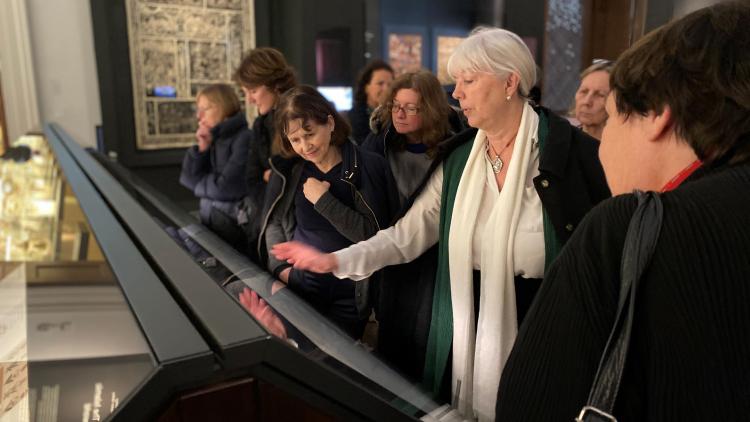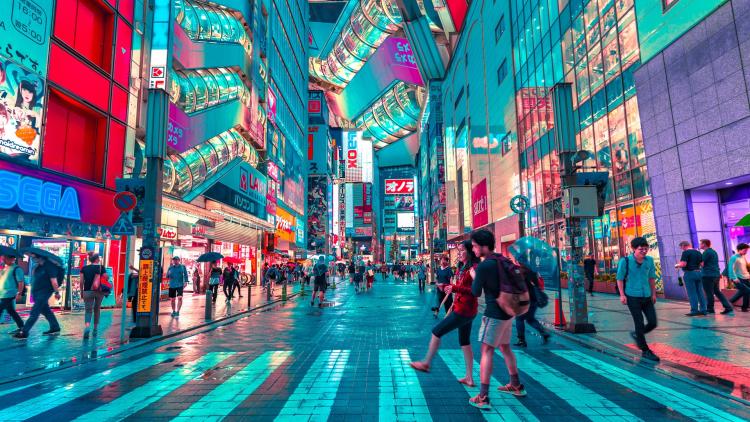Why Studio Ghibli is so popular and how it exports Japanese culture


Masami, a BA East Asian Studies student, delves into factors contributing to Studio Ghibli's international success and how the films may influence global perceptions of Japan.
Studio Ghibli’s popularity and success today is evident, from Waterstones selling books dedicated to the animation studio to theatre productions at prestigious venues like the London Colosseum and the Barbican Theatre. The public interest in Studio Ghibli in the UK and worldwide continues to grow, and not only with anime fans.
This phenomenon has paved the way for Japanese culture to be shared among people globally, popularising Japanese ways of life and ‘aesthetics’ to non-Japanese audiences. There are several ways I think Studio Ghibli does this.
The romanticisation of everyday life in Japan
A huge selling point of Studio Ghibli films is their romanticised representations of everyday life. The audience can see Japanese food, customs, and locations all beautifully visualised. Although a lot of Ghibli stories are fantasy, they are always incorporated with beautifully hand-drawn ‘real life’ elements, such as scenes of Satsuki preparing bentō (Japanese-style packed lunch) in My Neighbour Totoro or of countryside roads in the first few scenes of Spirited Away.
These scenes allow the audience to relate to the main character’s experiences and let them imagine how their own life would look through the Ghibli lens. Seemingly mundane parts of people's lives are fantastical and romanticised.
An immersive, spiritual world for children and adults
While major animation companies like Disney often target a younger audience, Studio Ghibli distinguishes itself by creating films that appeal to both children and adults. Children enjoy the immersive adventures and imaginative worldbuilding, expanding their creative horizons, while adults appreciate the films for their layered themes and stunning visuals.
For instance, Princess Mononoke presents important life lessons based on Hayao Miyazaki’s environmental views, and the morally ambiguous characters steer us away from the typical Disney formula of ‘good versus evil’.
By looking at the societal and spiritual themes in these films, we may gain an understanding of the country that goes beyond the crafted image we are presented with at the surface level.
By looking at the societal and spiritual themes in these films, we may gain an understanding of the country that goes beyond the crafted image we are presented with at the surface level. These themes can include the relationship between humans and nature and the spiritual realm based on Shintoism, both of which give us an insight into traditional Japanese ways of thinking and seeing.
Popularity in the context of ‘Cool Japan’
To understand the impact of Studio Ghibli films, it's important to put it in context. Studio Ghibli and other popular anime have contributed to the worldwide popularity of ‘Cool Japan’ – a way of presenting Japanese culture as attractive and alluring to a global market. The ‘coolness’ of Japanese culture started increasing in popularity in the 1980s when Japan was gaining considerable cultural soft power.
Later, a governmental strategy used the term ‘Cool Japan’ to export the Japanese identity. The strategy of ‘Cool Japan’ is executed by having an international market for anime, gaming, cuisine, fashion, high-tech products, and more. Through this ‘cool’ branding, Japan has indirectly influenced the interests and behaviour of people globally.
How have the films impacted the global perception of Japan?
At SOAS, we explore such ideas, taking a critical approach to cultural studies. We ask questions such as ‘How is this ‘Japaneseness’ constructed?’ and ‘How has Studio Ghibli and other pop culture affected the world’s perception of ‘Japaneseness’?’.
Studio Ghibli has brought many animation masterpieces to the world with powerful, significant and poignant messages. However, we may overlook them, and our perception of Japan may be limited unless we look deeper into these films and their wider cultural context.
You can learn more about this topic in the module Cool Japan: Manga, Anime, Sushi.
About the author
Masami Iliffe is a SOAS Digital Ambassador, pursuing an undergraduate degree in East Asian Studies. Her interests include tea and dance!
